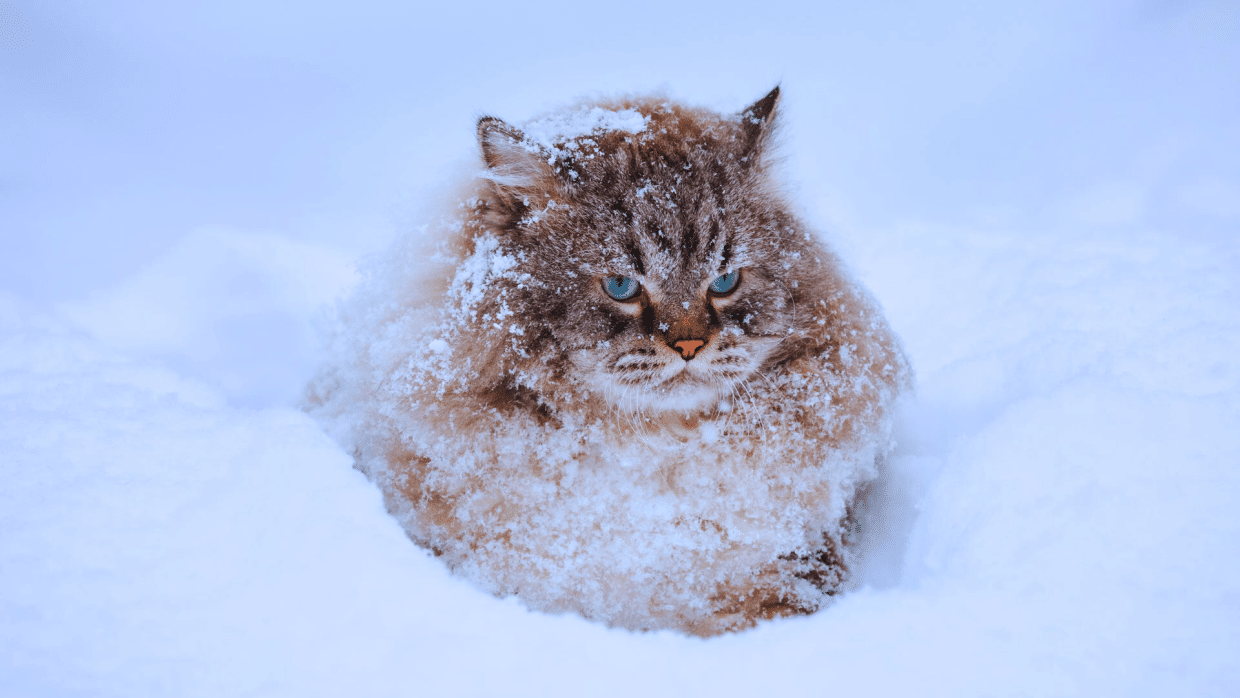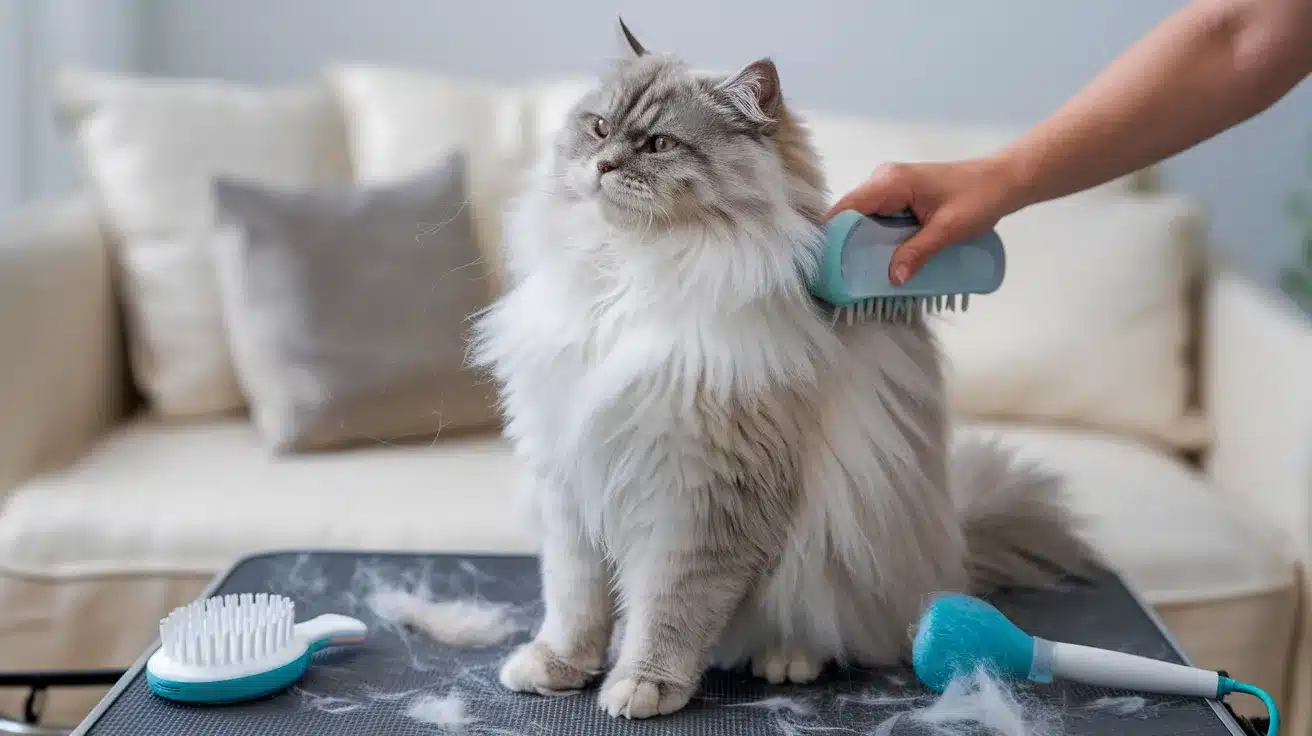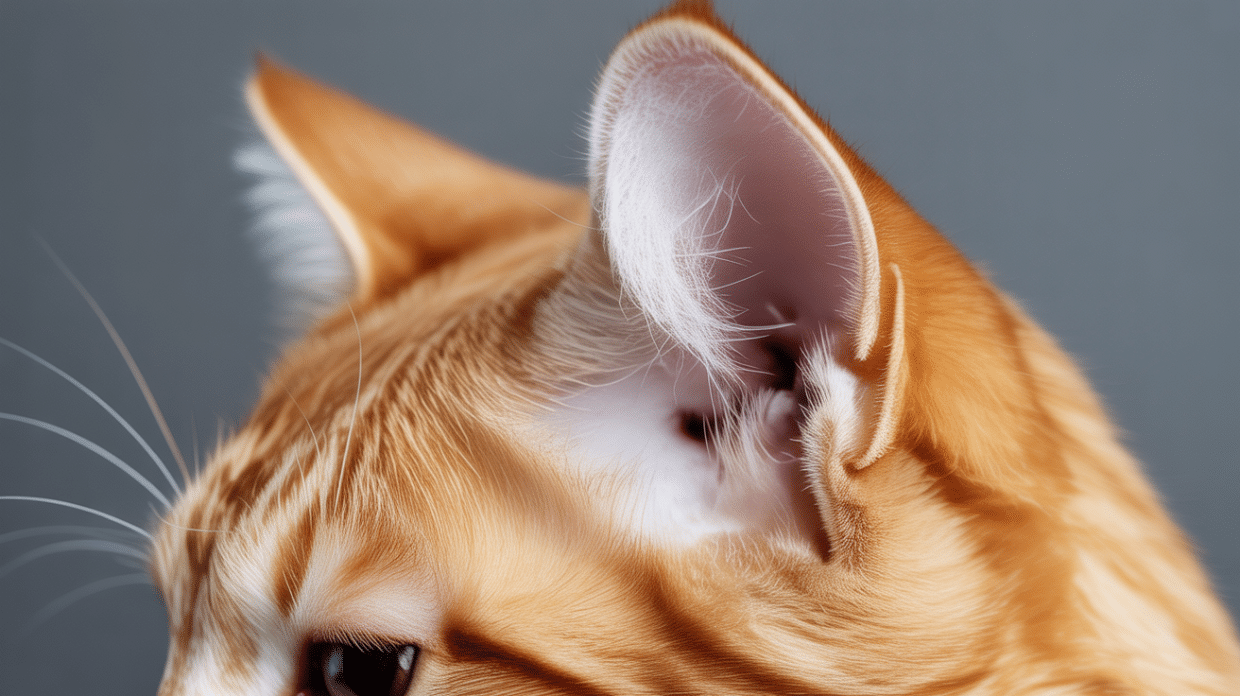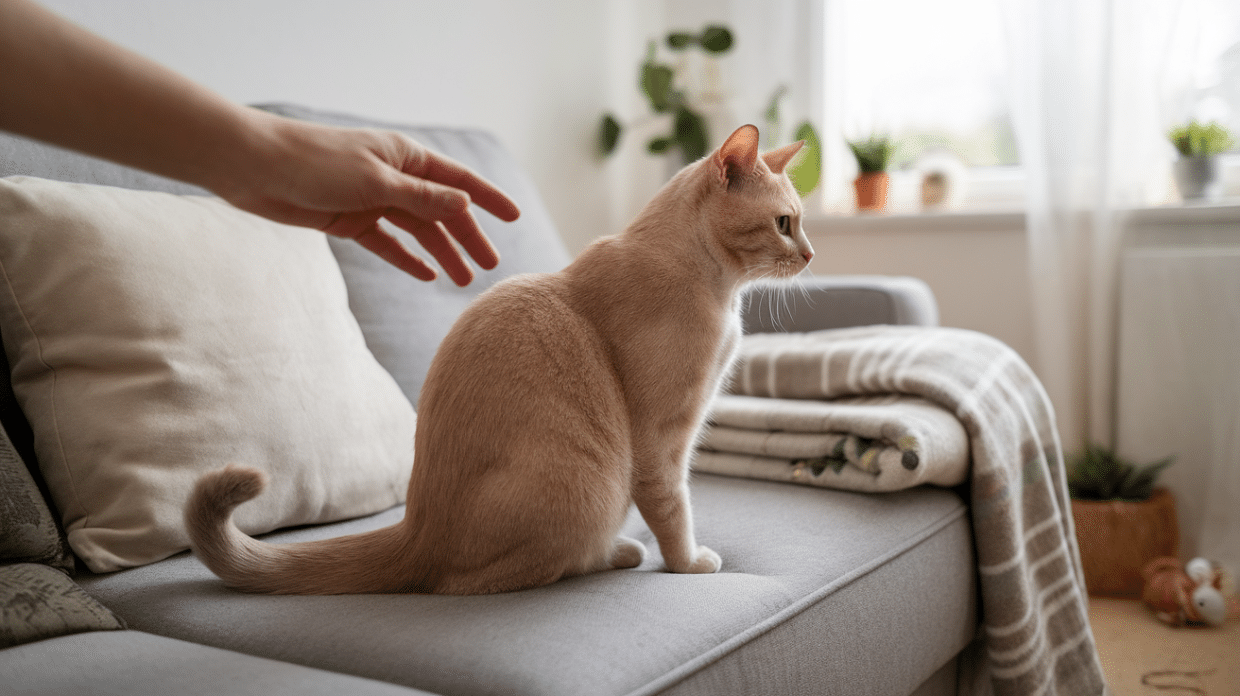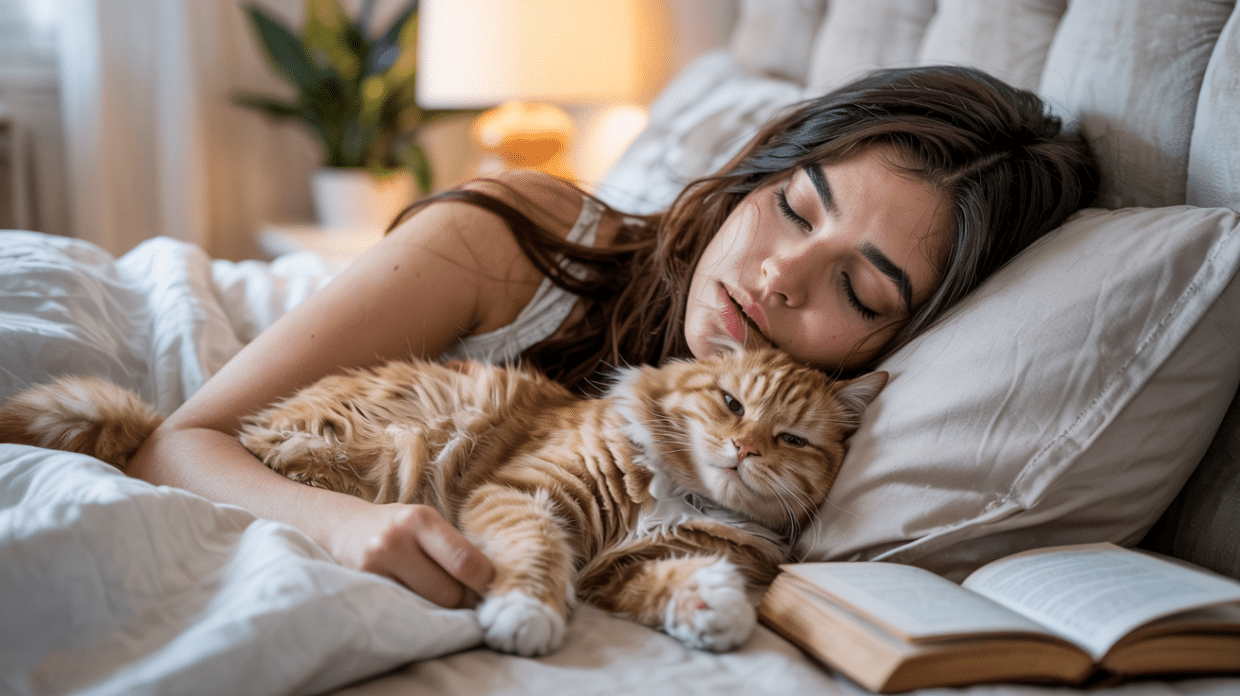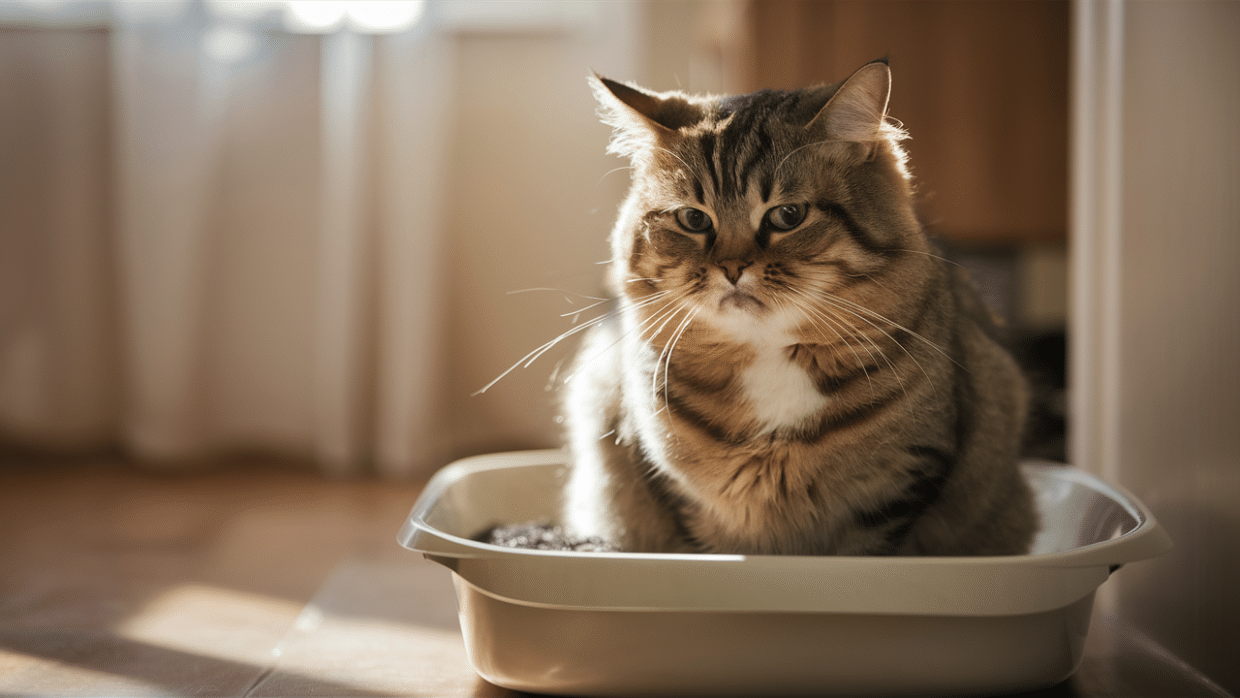Siberian cats are amazing long-haired pets with thick, triple-layered coats that help them survive cold weather in Russia.
While Siberian cat shedding isn’t rare, they shed less than you might expect for cats with such plush coats.
Your Siberian friend will shed some fur all year, but you’ll notice more hair around your home during spring and fall when they switch between winter and summer coats.
With regular brushing, good food, and proper home care, you can easily manage the fur situation.
In this guide, we’ll cover normal Siberian cat shedding patterns, reasons for excess hair loss, and simple ways to keep your home cleaner.
Do Siberian Cats Shed a Lot?
No, your Siberian cat won’t turn your home into a fur factory! These fluffy friends have moderate shedding levels.
You’ll find some hair on your clothes and furniture, but it’s not as bad as you might fear.
Their thick coats actually hold loose hair well until you brush them.
Comparison to Other Breeds
If you’re comparing fur cleanup duties, Siberians are easier to handle than Persians or Maine Coons.
Those breeds can leave hair everywhere! But yes, they do shed more than short-haired cats like the Siamese or Abyssinians.
The good news? Their thick, dense fur often traps loose hairs until brushing time, so you might not see as much random fur around your house as you’d expect from such a fluffy cat.
Siberian Cat Shedding Seasons
Siberians have a shedding calendar that’s good to know about.
When you understand their pattern, dealing with fur becomes much easier!
- Spring: Spring cleanup isn’t just for your closet! As temperatures warm up, your cat will shed its thick winter coat, so expect more fluff during these weeks.
- Fall: In the fall, your kitty sheds its lighter summer coat to make room for its cozy winter fur, which keeps it warm when it gets cold.
- Year-Round Shedding: If your Siberian is fixed and lives indoors, they might shed steadily all year instead of in big seasonal bursts. Indoor heating and cooling messes with their natural cycle.
Factors that Affect Siberian Cat Shedding
How much your fluffy friend sheds isn’t just about genetics. Several things impact how much fur ends up on your couch!
1. Diet and Nutrition
What your cat eats shows up in their coat!
A diet rich in protein and healthy fats (like Omega-3 and Omega-6) creates stronger, shinier fur that sheds less.
Cats who eat low-quality food often shed more and have duller coats. Think of good food as hair care from the inside out.
Your Siberian needs those fish oils, meat proteins, and vitamins A, E, and B for their best coat.
2. Health and Medical Conditions
Is your cat suddenly shedding like crazy? Their body might be telling you something’s wrong.
- Stress, hormone problems, allergies, and sickness can all cause extra fur loss.
- Older cats might shed more due to thyroid issues.
- Itchy skin from allergies makes cats scratch and lose fur.
- Even kidney problems can affect their coat.
If you notice bald spots or too much shedding, a vet visit is a good idea.
3. Environment and Climate
Where you live matters! Cats in hot places often shed year-round to stay cool. Those in colder spots follow more natural spring/fall patterns.
A stressed cat is also a shedding cat. New pets, moving homes, or loud noises can trigger extra grooming and more fur around your house.
Your cat’s comfort level shows in their coat health.
How to Manage Shedding Effectively
Keeping your Siberian’s beautiful coat in top shape (and off your furniture) takes some work, but it’s not too hard with the right approach!
Brushing Routine
Regular brushing is your best friend!
- Aim for 1-2 weekly sessions with a slicker brush or metal comb.
- During shedding seasons, brush every other day.
- Your cat will thank you with purrs – most Siberians love the attention and feel better with less loose fur in their coat.
Bathing Considerations
Good news – Siberians rarely need baths! Their coat has natural oils that keep them clean.
Only bathe them if they get really dirty.
When you do bathe them, use cat shampoo and take your time. Their thick fur needs thorough rinsing to avoid skin irritation.
Additional Grooming Needs
Don’t forget those tiny details! Trim nails every few weeks to prevent painful catching on fabrics. Check ears for dirt and clean gently.
Brushing teeth helps prevent dental problems that can affect overall health and even their beautiful coat.
Home Cleaning Tips
Winning the fur battle means having the right tools.
A vacuum with pet attachments works wonders. Keep lint rollers in every room.
Washable furniture covers save sanity during heavy shedding times. Regular dusting prevents fur from settling into hard-to-clean spots.
When Shedding Might Indicate a Health Issue
Sometimes, extra fur on your floors isn’t just normal shedding – it could be a sign that your cat needs help.
Knowing the difference can save your kitty from discomfort.
Signs of Abnormal Shedding
- Watch for bald patches, skin redness, or sores.
- Excessive scratching, overgrooming, or sudden fur loss in clumps needs attention.
- Normal shedding is even across the body – strange patterns aren’t right.
- If your cat seems uncomfortable or you spot dandruff, fleas, or greasy fur, something’s wrong.
Trust your gut – you know your cat’s normal shedding better than anyone else!
Are Siberian Cats Hypoallergenic?
The million-dollar question. While no cat is truly allergy-free, Siberians have earned a special reputation.
Siberians produce less of the Fel D1 protein that causes most cat allergies.
This doesn’t mean they’re 100% safe for all allergy sufferers, but many people who can’t handle other cats do fine with Siberians.
The best test? Spend time with a Siberian before bringing one home.
Every cat is different, and your personal reaction matters most.
Does Shaving Help Reduce Shedding?
Many cat parents wonder if a quick haircut might solve their fur problems. I understand the temptation – less fur must mean less shedding, right?
But hold your scissors!
Shaving your Siberian is actually not a good idea. Their thick coat works like a built-in thermostat, keeping them warm in winter AND cool in summer.
When you shave them, you mess with this natural system.
If your cat seems hot during the summer, a gentle trim of just the belly fur is a better option. This gives them a cool spot to lie on without removing their important protective layer.
Your Siberian’s coat is part of what makes them special – it’s best to work with it, not against it!
Conclusion
Living with a Siberian cat means some fur will be part of your life, but it’s totally worth it!
We’ve covered the ins and outs of Siberian cat shedding patterns and how to keep fur from taking over your home.
Remember those brushing sessions twice a week, and maybe bump it up during spring and fall when your kitty is swapping coats.
Good food matters too – what goes in, shows up in that gorgeous fur.
With a little routine care, you’ll spend less time cleaning and more time enjoying your fluffy feline’s company.
Your Siberian’s beautiful coat is one of its most special features—and now you know exactly how to care for it!

